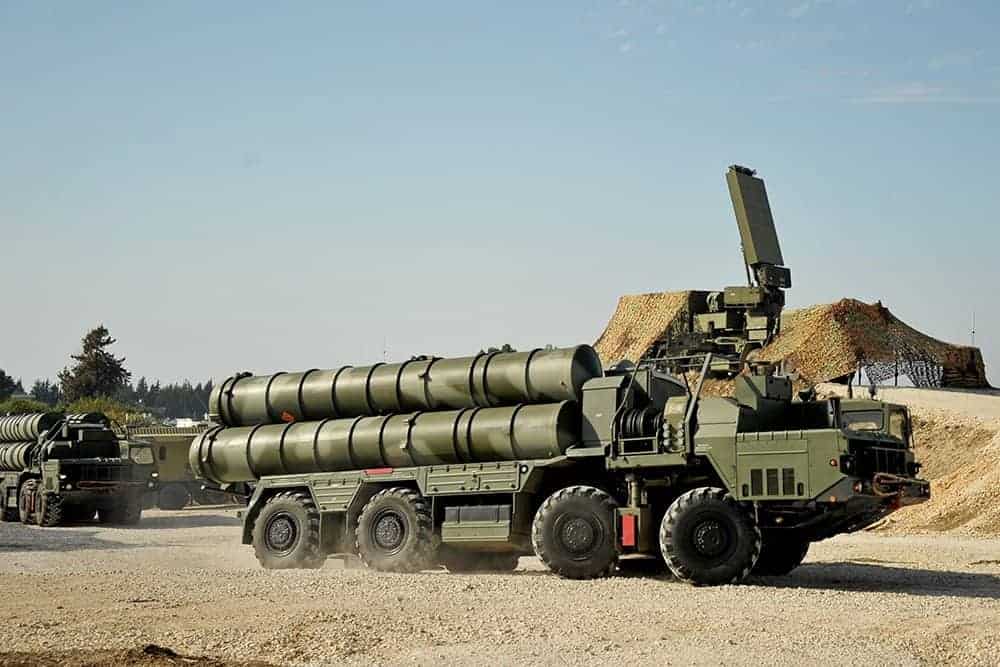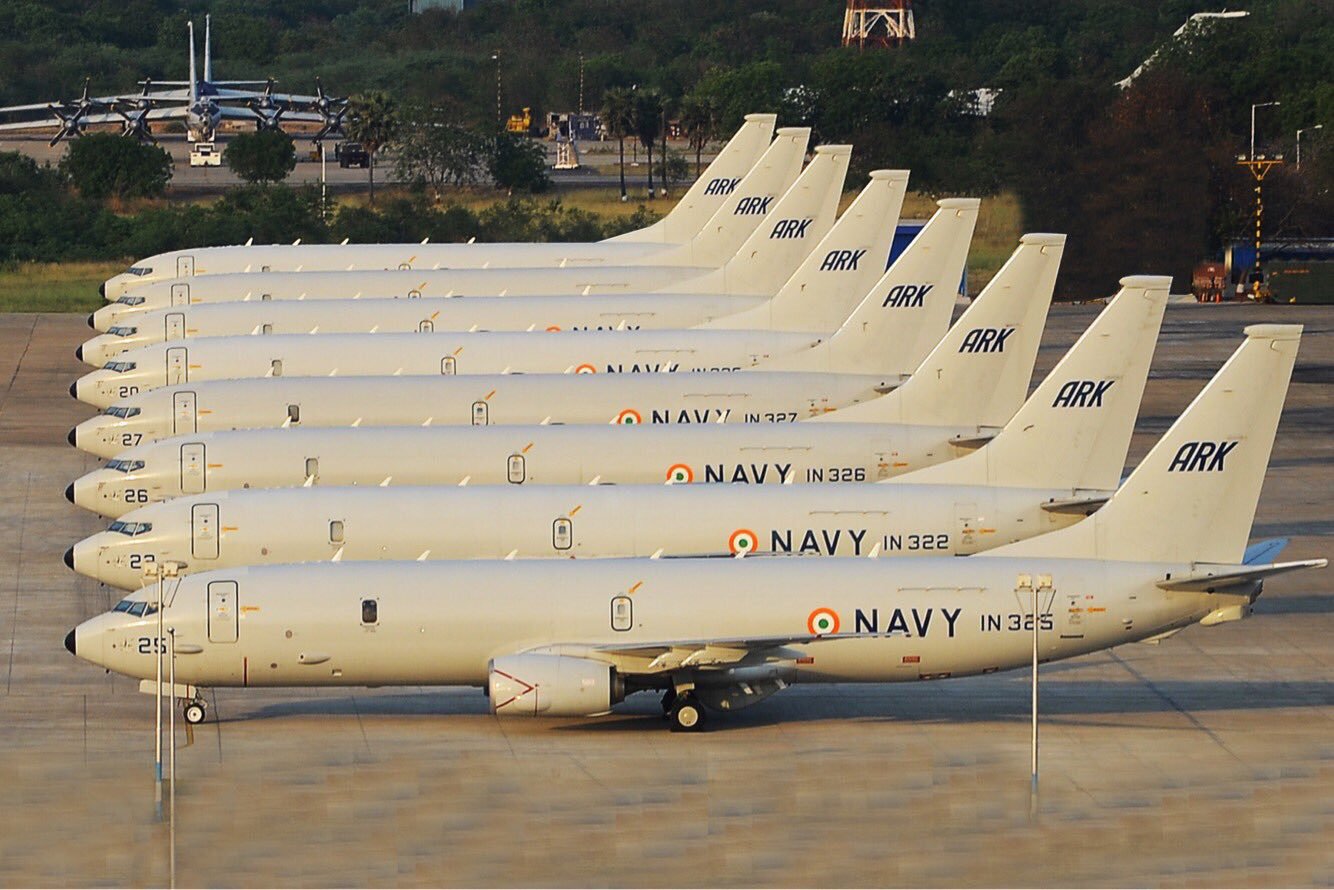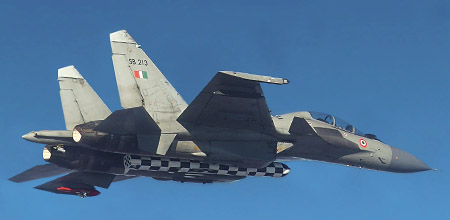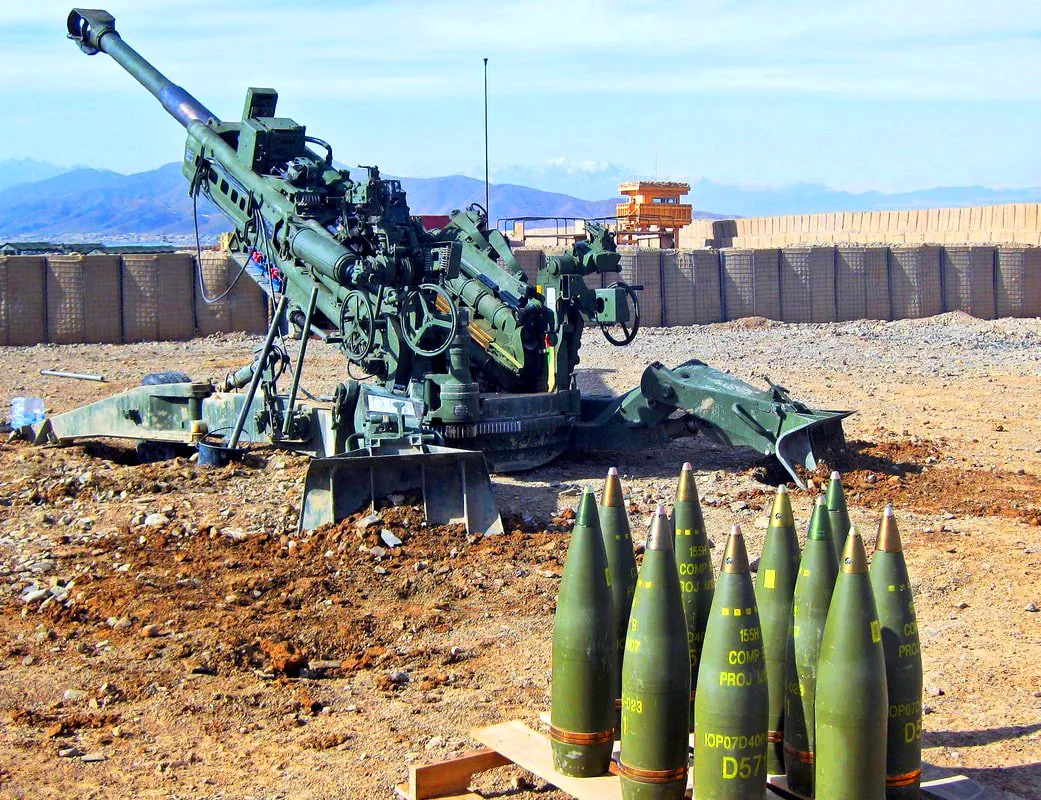SOURCE: IDRW.ORG


The Gas Turbine Research Establishment (GTRE), a premier laboratory under India’s Defence Research and Development Organisation (DRDO) based in Bengaluru, has been directed by the Ministry of Defence (MoD) to submit its recommendation for the selection of a foreign partner to co-develop a next-generation 110–130 kN thrust engine for the Advanced Medium Combat Aircraft (AMCA) MkII.
According to sources cited by idrw.org, the MoD is pushing for a decision by the end of 2025 to ink a deal with either Britain’s Rolls-Royce or France’s Safran, both of whom have submitted detailed technical proposals, workshare plans, and development roadmaps. Negotiations on finer details are expected to continue into 2026, with a target to have the engine core ready by 2030, full production by 2034, and integration into the AMCA MkII by 2035 for limited series production
Continue readingSOURCE: IDRW.ORG


In a significant boost to India’s defense self-reliance, the Ministry of Defence (MoD) has identified a domestic firm to collaborate with Russia’s Almaz-Antey, the manufacturer of the S-400 Triumf air defense system, to establish a Maintenance, Repair, and Overhaul (MRO) facility in India. The decision, fast-tracked following the success of Operation Sindoor on May 7, 2025, comes after rigorous phases of security clearance and capability testing, as confirmed by a senior MoD official. The initiative, long in the pipeline, aims to ensure the operational readiness of India’s S-400 systems, reduce dependence on foreign support, and strengthen the nation’s air defense capabilities under the Aatmanirbhar Bharat initiative. A formal announcement is expected soon.
The S-400 Triumf, one of the world’s most advanced air defense systems, is a cornerstone of India’s layered air defense architecture, capable of intercepting aircraft, drones, cruise missiles, and ballistic missiles at ranges up to 400 km. India signed a $5.43 billion deal with Russia in 2018 for five S-400 squadrons, with three delivered by 2024 and the remaining two expected by 2026, despite delays due to the Russia-Ukraine conflict.
Continue readingSOURCE: AFI


India’s strategic push to bolster its maritime surveillance capabilities in the Indian Ocean Region (IOR) is at a critical juncture as the United States has increased the price of six additional Boeing P-8I Poseidon Maritime Patrol Aircraft (MPA) by approximately 50% from its 2021 offer, citing rising supply chain costs. With Washington showing little flexibility on pricing, New Delhi is confronted with a difficult decision: pay the inflated cost of approximately $3.6 billion for the six aircraft or scale back to five to manage budgetary constraints. The outcome of this deal may also hinge on the speed and responsiveness of the U.S. in addressing India’s emergency procurement requests, adding a layer of complexity to the ongoing India-U.S. defence partnership.
The P-8I Poseidon, a variant of the U.S. Navy’s P-8A, is a long-range, multi-mission maritime patrol aircraft renowned for its advanced anti-submarine warfare (ASW), anti-surface warfare (ASuW), and intelligence, surveillance, and reconnaissance (ISR) capabilities. India currently operates a fleet of 12 P-8I aircraft, split between squadrons at Arakkonam, Tamil Nadu, and Goa, which have accumulated over 40,000 flight hours since their induction in 2013. These aircraft, equipped with advanced sensors like the APY-10 surveillance radar, Telephonics APS-143 OceanEye aft radar, and magnetic anomaly detectors (MAD), have been pivotal in monitoring the IOR, particularly in response to the growing naval presence of China.
Continue readingSOURCE: AFI


The Indian Air Force (IAF) has significantly enhanced its operational capabilities through the strategic use of long-range stand-off weapons and advanced electronic warfare (EW) systems, according to Lt Gen David A. Deptula (Ret.), a distinguished United States Air Force veteran. Speaking on recent developments in India’s air combat strategy, Deptula highlighted how these advancements, coupled with satellite-fed targeting, have shifted the tactical balance in India’s favor, particularly following critical operations after May 7, 2025.
Lt Gen Deptula, known for his expertise in airpower strategy, emphasized that the IAF’s adoption of longer-range stand-off weapons has been a game-changer. Air-launched cruise missiles, such as the BrahMos-A and the indigenous Long-Range Cruise Missile (LRCM), along with extended-range air-to-air missiles like the Astra Mk-2, have enabled Indian aircraft to engage targets without entering high-risk zones defended by advanced enemy air defence systems. This capability allows the IAF to project power effectively while minimizing exposure to dense threat envelopes.
Continue readingSOURCE: AFI


The recent crash of an Indian Air Force (IAF) SEPECAT Jaguar fighter jet in Churu, Rajasthan, on July 9, 2025, which claimed the lives of two pilots, has drawn sharp scrutiny from a South Korean defence analyst, who pointed to the outdated Rolls-Royce Turbomeca Adour engines as a critical factor in the incident.
Speaking to idrw.org, the analyst, leveraging South Korea’s own experience with retiring its BAE Hawk fleet due to poor engine spare support, warned that the IAF’s continued reliance on ageing Jaguars and BAE Hawks, powered by these legacy engines, poses significant operational risks. With Rolls-Royce’s limited support and a U.S.-dominated supply chain complicating spares availability, the analyst urged the IAF to expedite plans for replacing these aircraft to prevent further losses and ensure operational readiness.
Continue readingSOURCE: AFI


The Indian Army’s Operation Sindoor, launched on May 7, 2025, to neutralize terrorist infrastructure along the Line of Control (LoC) in Pakistan-occupied Kashmir (PoK), has underscored the pivotal role of the M777 Ultra-Light Howitzer and Excalibur precision-guided munitions in modern warfare. On the first day of the operation, nine terrorist targets were engaged, with seven successfully destroyed using Excalibur GPS-guided munitions fired from M777 155 mm howitzers.
The operation’s success has intensified India’s push to acquire additional Excalibur rounds to bolster its precision-strike capabilities, while highlighting the need to convert trust in critical equipment into long-term reliability. However, uncertainties surrounding defence cooperation with the incoming Trump administration pose challenges to India’s strategic procurement plans.
Continue readingSOURCE: AFI


In the wake of India’s recent military successes, such as Operation Sindoor on May 7, 2025, which targeted terrorist infrastructure in Pakistan-occupied Kashmir (PoK), the Indian military faces a new challenge: effectively shaping the narrative around its capabilities in an era of information warfare. Open-Source Intelligence (OSINT), leveraging publicly available data from satellite imagery, social media, and other digital platforms, has emerged as a powerful tool in modern conflicts, as seen in global theatres like Ukraine.
To counter disinformation from adversaries like Pakistan and China, and to project its growing military prowess, the Indian military must forge a strategic partnership with India’s burgeoning OSINT community. Such collaboration could amplify India’s narrative warfare capabilities, enhance public perception of its military strength, and counter hostile propaganda, but it requires overcoming bureaucratic hurdles and rethinking restrictive policies.
Continue readingSOURCE: IANS


The UK India Business Council (UKIBC) on Friday highlighted opportunities, challenges and recommendations to deepen bilateral cooperation between the UK and India in the defence sector. The UKIBC report is of the view that UK firms which invest in long-term partnerships with Indian companies, local capability, and joint innovation will be best placed to succeed India’s fast-growing defence ecosystem.
The report titled “Unlocking strategic defence opportunities: UK–India engagement,” aims to identify opportunity gaps that are hindering UK firms in India. To close this gap, the report provides recommendations for business, government and industry organisations to increase UK engagement in aerospace and defence in India.
Continue readingSOURCE: IANS


National Security Advisor (NSA) Ajit Doval on Friday delivered a sharp rebuke at the distorted reportage of ‘Operation Sindoor’, by the foreign media and also dared it to come up with any credible image of damages on the Indian side.
NSA Doval, speaking at the 62nd convention of IIT-Madras, saluted the Indian armed forces for executing the precision military strikes on Pakistan’s terror factories in just 23 minutes and lambasted the international media for its misleading and twisted coverage.
Continue readingSOURCE: IANS


National Security Advisor (NSA) Ajit Doval on Friday addressed the convocation ceremony at IIT Madras, delivering a fiery defence of ‘Operation Sindoor’, India’s cross-border air assault on Pakistan in retaliation to the deadly terror attack in Pahalgam on April 22 in which 26 innocent civilians were killed.
Doval said the mission caused extensive damage to Pakistani military installations, specifically airbases. He said India hit 13 spots, including nine terror bases crisscrossing Pakistan and Pak occupied Kashmir (PoK) with precision and missed none of them during Operation Sindoor.
Continue readingSOURCE: PTI


The Standing Committee of the National Board for Wildlife (NBWL), headed by Union Environment Minister Bhupender Yadav, has recommended 32 defence infrastructure proposals involving diversion of land from protected areas and eco-sensitive zones across Arunachal Pradesh, Gujarat, Ladakh and Sikkim.
These include construction of strategic roads, helipads, training areas, ammunition depots, housing for troops and artillery regiments, with the bulk of the projects located in Ladakh’s ecologically fragile Karakoram and Changthang sanctuaries.
Continue readingSOURCE: IANS


The Indian Coast Guard (ICG) successfully rescued two crew members aboard a US sailing vessel, ‘Sea Angel’, which was stranded approximately 52 nautical miles southeast of Indira Point in the Andaman and Nicobar Islands.
The rescue operation was completed on Friday morning with the towing of the stranded ship to the harbour. According to the Ministry of Defence (MoD), the incident occurred on July 10 when the yacht became disabled in extremely rough sea conditions due to a blown sail and an entangled propeller.
Continue readingSOURCE: IANS


National Security Advisor (NSA) Ajit Doval on Friday spoke about India’s rising economic stature and military might on the world stage and also made a prophesy about likely milestones that the country will achieve by 2047, the landmark year when we celebrate 100 years of Independence.
He said that the country has the potential to grow at an exponential rate and the GDP may grow by eight times will 2047.
Continue readingSOURCE: PTI


Six organisations operating in Maharashtra have already been banned in some other states, Chief Minister Devendra Fadnavis said on Friday, referring to the ‘Maharashtra Special Public Security Bill’. The bill, which seeks to prevent unlawful activities of Left Wing Extremist organisations with a focus on urban Naxalism and “passive militancy”, has been passed by the assembly. It is expected to be tabled in the legislative council soon.
“I am happy that the Maharashtra Special Public Security Bill, 2024, which was introduced during the Winter Session in December last year, was cleared by the assembly on Thursday,” Fadnavis told reporters at the Vidhan Bhavan here.
Continue readingSOURCE: IANS


In a significant development in Chhattisgarh’s Narayanpur district, 22 Maoists laid down their arms on Friday, marking another step toward peace in the conflict-ridden Abujhmad region. They surrendered before senior police officials, including Narayanpur Superintendent of Police Robinson Guria, as part of the state’s ongoing anti-Maoists’ campaign and rehabilitation initiative.
Collectively, the 22 individuals had rewards totalling 37.50 lakh rupees on their heads. Their decision to return to the mainstream is being seen as a major blow to the Maoists’ network in the region, Narayanpur Superintendent of Police Robinson Guria said.
Continue reading